I’ve always considered the head statues on Easter Island to be a great wonder of the world; however, I’ve never actually thought to learn more about them. The Rapa Nui people carved the Moai between 1250 and 1500 CE, believing that the Moai were nothing more than just heads. However, a recent discovery revealed that these head statues are attached to bodies buried deep underground, and the bodies are covered in indecipherable writings called petroglyphs. These petroglyphs could be the key to unlocking the meaning of these massive Moai, which have always been somewhat of a mystery.
Easter Island
Easter Island is about 64 square miles in the South Pacific Ocean, 2,300 miles from Chile. It is home to nearly 900 giant stone statues dating back several centuries.
First Human Inhabitants
According to belief, the Rapa Nui people immigrated to the island around 300-400 A.D. Hoto-Matua, the first king of Rapa Nui, is said to have landed his ship at Aneka, which is one of the few sandy beaches on the island’s rocky coast.
The Statues
Who constructed the statues and how they moved them around the island remains a mystery. However, the statues stand at an average height of 13 feet and weigh approximately 13 tons.
The Discovery
The question of how the Rapa Nui moved the statues around became even more puzzling after scientists decided to do some digging.
The Underground
Bodies extending several feet below the ground attach hidden heads from view.
Standing Tall
The tallest statue is nearly 33 feet tall and weighs approximately 82 tons. Another statue found lying down was 71.93 feet long.
Somewhere Over The Rainbow
A few unearthed statues feature the same petroglyphs, referred to by researchers as the “ring and girdle” design. It is believed to represent the sun and rainbow.
Writing On The Wall
Found on the bodies of the statues were indecipherable writings known as petroglyphs.
Below The Surface
They may not have bodies like this artist rendering, but knowing that they’re more than just a bunch of heads is genuinely awe-inspiring.
Name That Tuna
The original carvers received meals of tuna and lobster as rewards for their work, as evidenced by the discovery of tuna vertebrae near the bottom of an excavation.
According to Wikipedia, the tallest of the 887 Moai is over 30 feet tall and weighs 82 tons. Another, if completed, would have been almost 70 feet tall and weighed 270 tons! The people on the island moved many enormous statues to different locations. They believed that the faces on these statues represented deities who were their ancestors.
Like what you’re reading? Subscribe to our top stories.














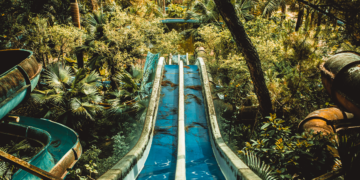




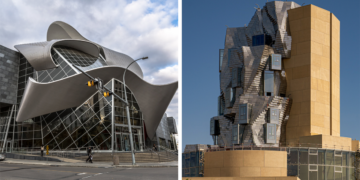
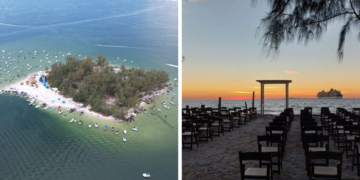
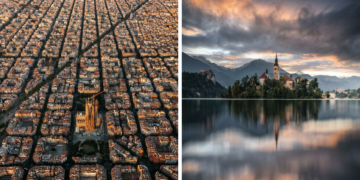



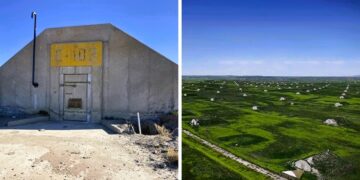
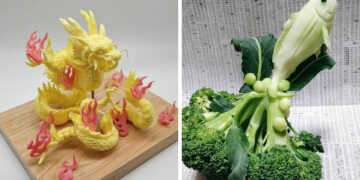



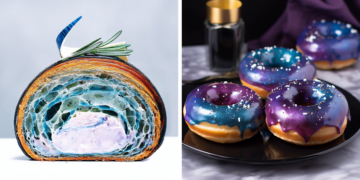


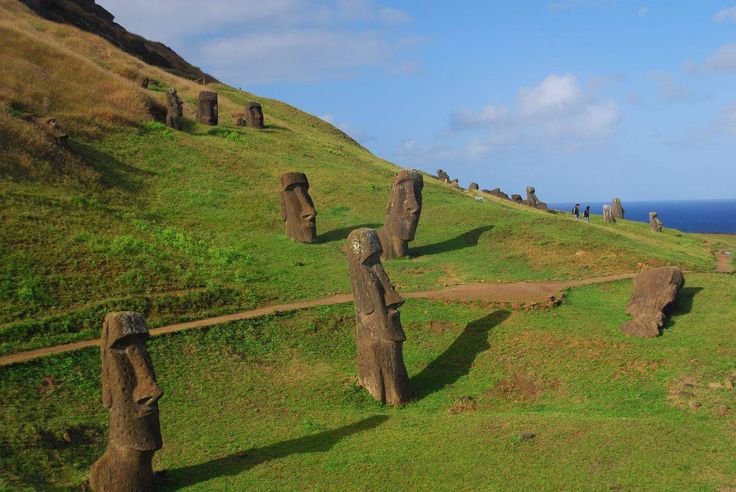
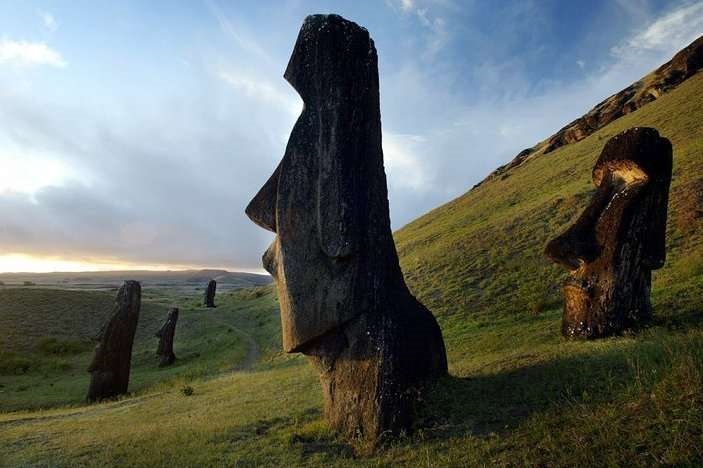
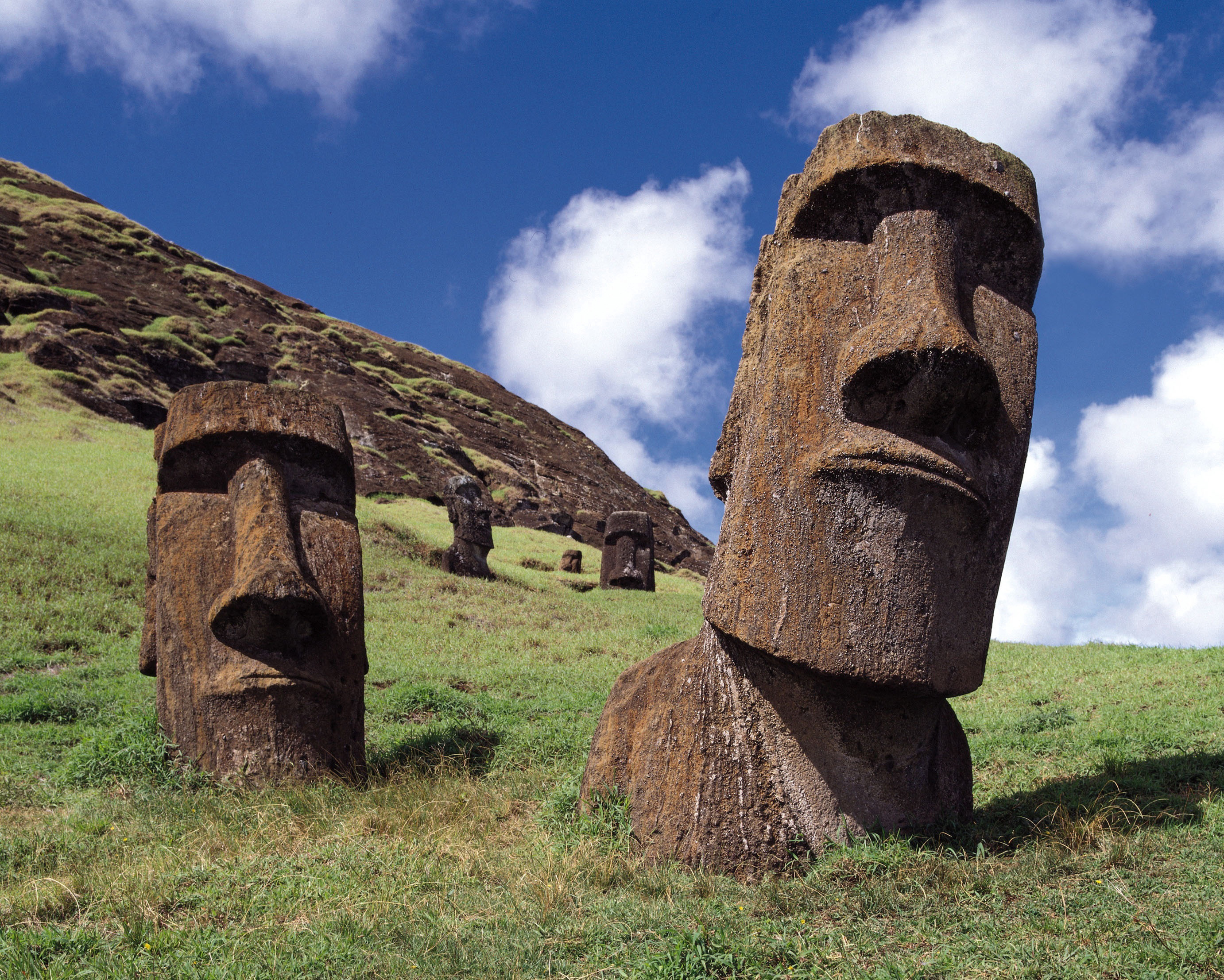
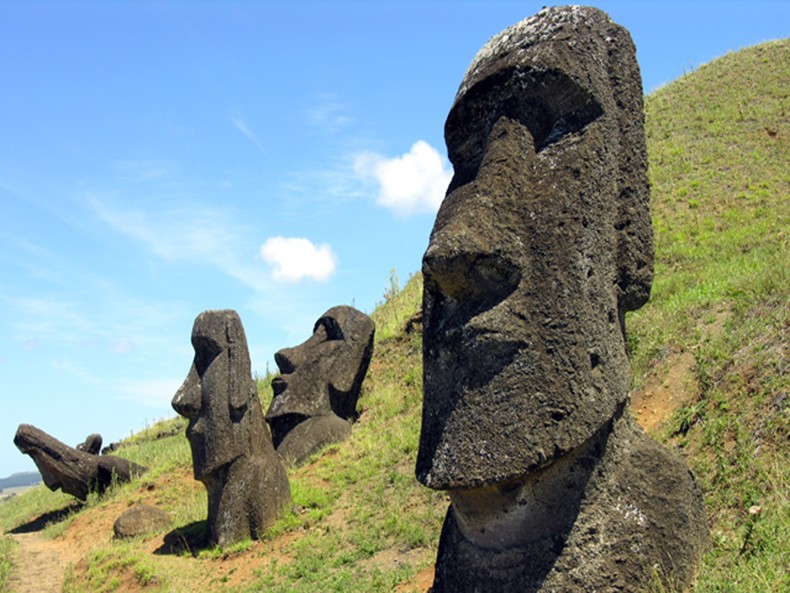
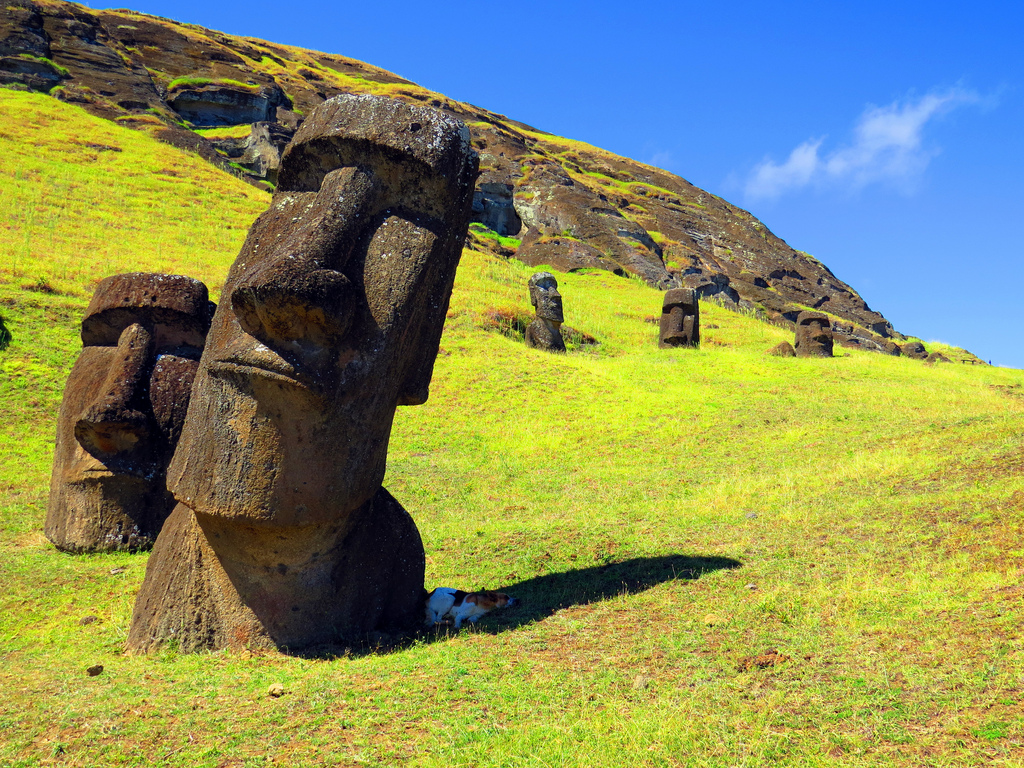
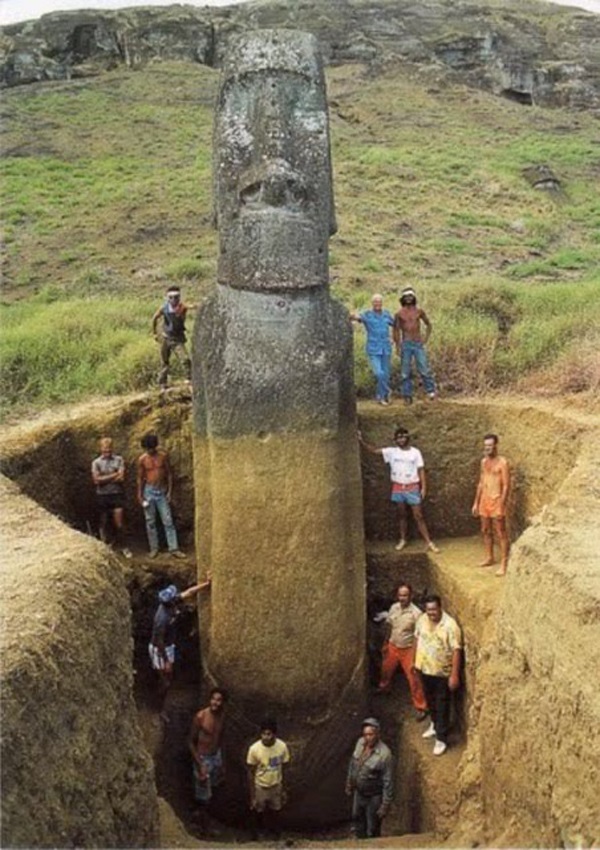
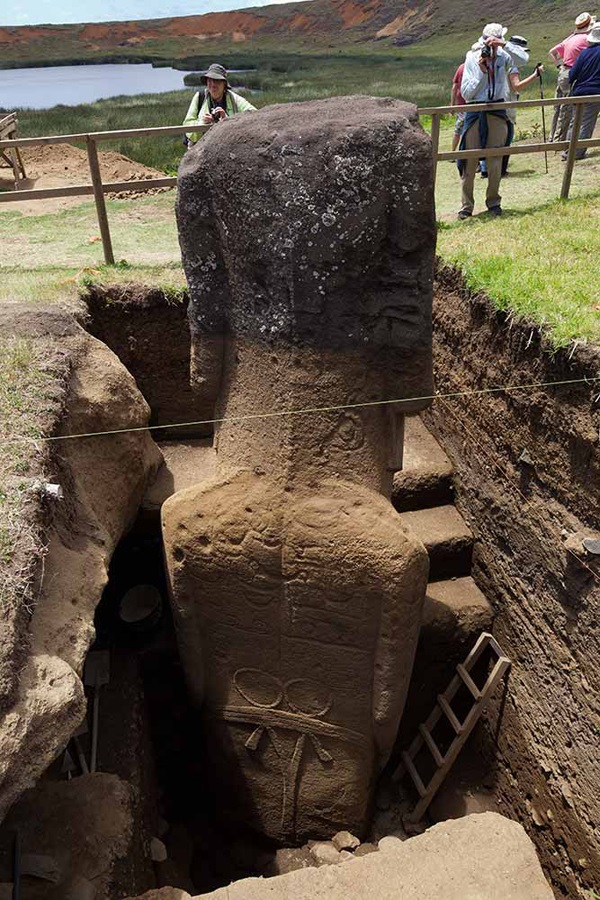
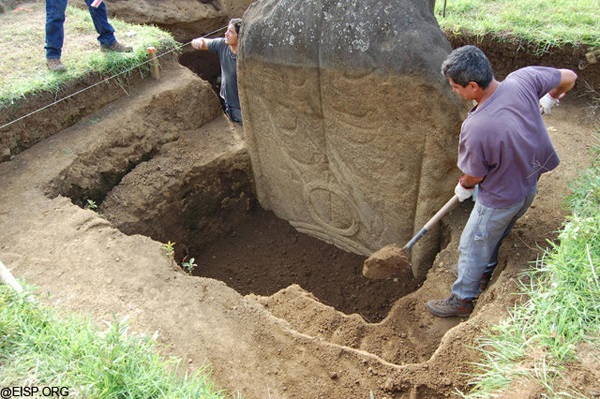
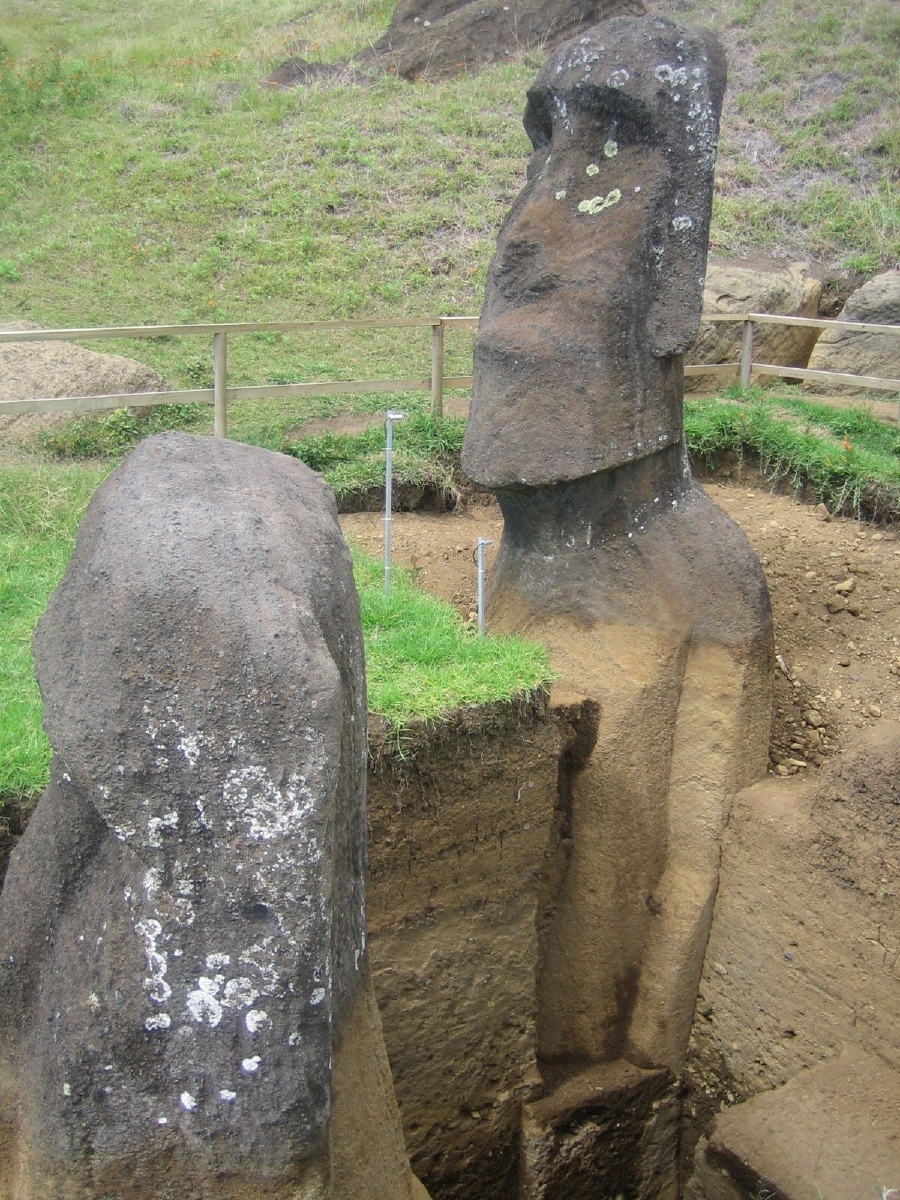
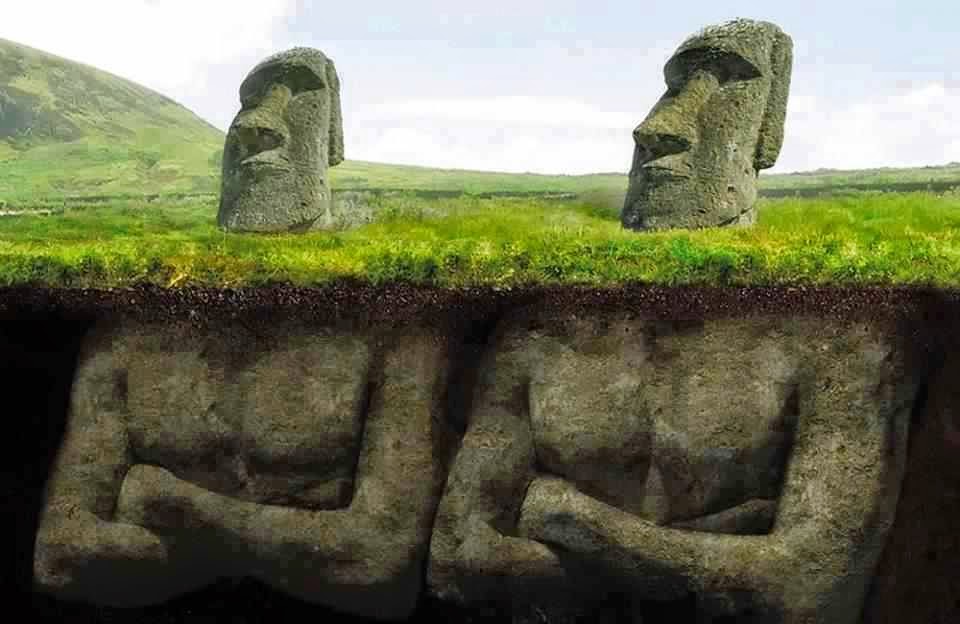
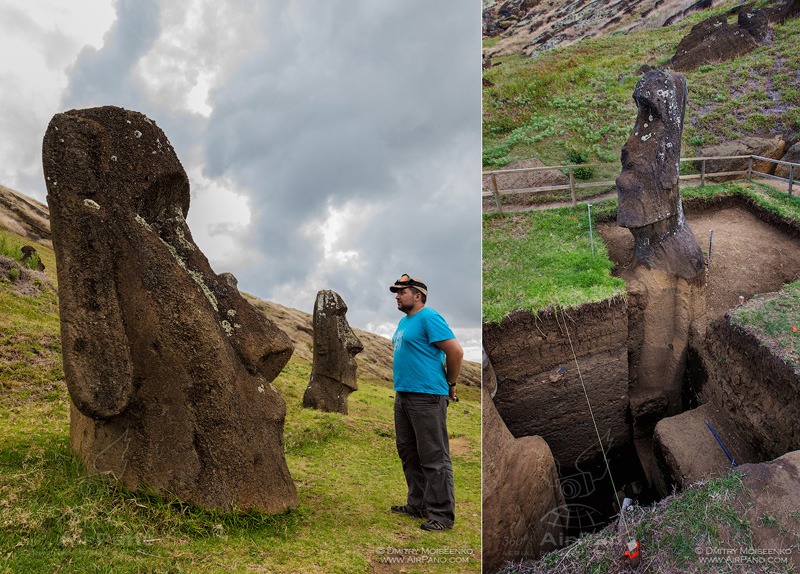









Discussion about this post